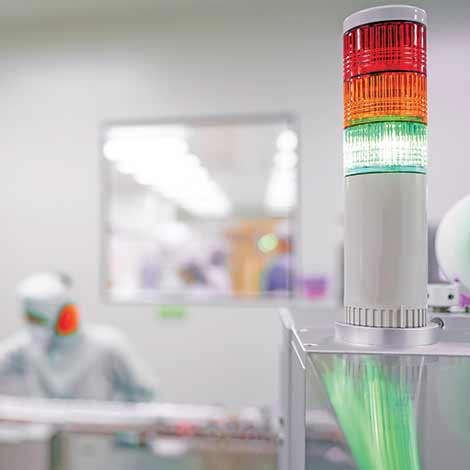This question-and-answer paper is a follow up to the webinar, “3rd Annual Cleanroom Design and Engineering Forum”.
Some cleanroom design questions covered in this paper are:
- For the ORABS system filling machine, what is the correct sequence of activities? Installation of gloves or keeping microbial monitoring plate inside the filling machine cabinet?
- What is the efficiency of counters able to monitor viable and particle concurrently?
- According to the newest Annex 1, the CNC rooms should be specified as ISO 8, ISO 9 or lower. Does that mean we should qualify them as part of the cleanroom? If so, which test qualification should be used?
- Many more…..
Examples of questions and answers provided around cleanroom design:
Is it required to monitor particle counts near a vibratory bowl of the aseptic filling machine? Due to vibration, particles may generate.
The sampling positions must be defined through a risk assessment. The stoppering area inside the filling machines is certainly a critical area. The vibrating effect can be mitigated by proper installation of the isokinetic probe (steel tube and bev-A-line tube inside).
What is the efficiency of counters able to monitor viable and particle concurrently?
The counting efficiency of these particle counters should be assessed based on the technical data provided by the supplier. Above all, the real efficiency (in comparison to actual standard methods) must be evaluated for your production process, which allows you to build a performance qualification and perform comparability studies with traditional methods that verify the real efficiency in the field. You can then define alert and action levels designed specifically for the process. Additionally, you can use ISO 21501-4 for industry recommendations on counting efficiency.
How we classify the LAF (UDAF) zone surrounded by Grade C for viable and nonviable monitoring?
My suggestion is to classify these unidirectional airflows (UDAFs) in “operational state” as Grade C, as their purpose is to clean and avoid the accumulation of particles during non-sterile operations but which could have an impact on critical processes. Introducing non-sterile material into these UDAFs, it makes no sense to classify them as Grade A.
Complete the form to download the full paper…







